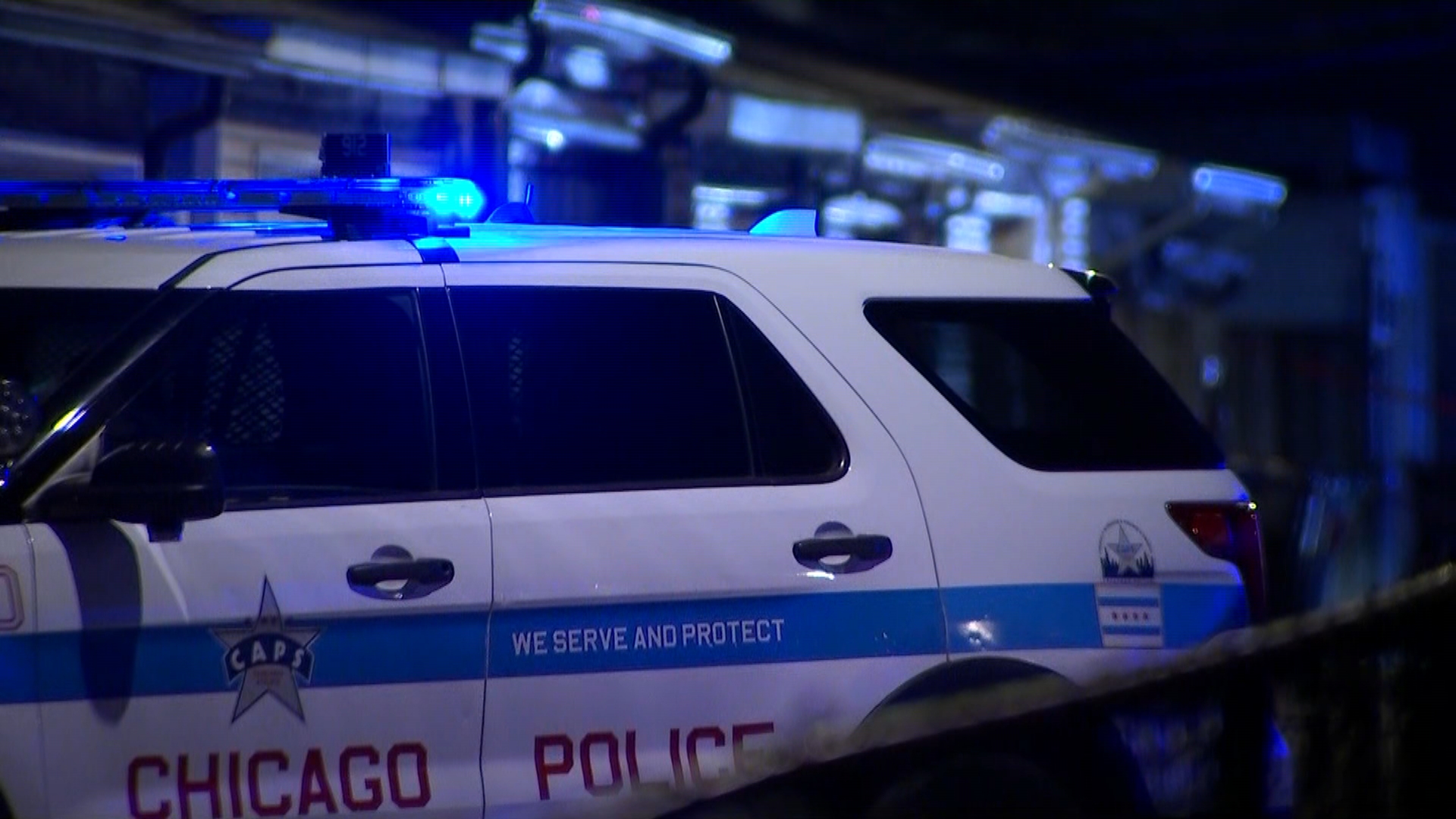As at-home COVID tests have become more popular during the pandemic, the Food and Drug Administration has crafted guidelines to help individuals determine how best to administer the tests.
A slew of different brands have been given Emergency Use Authorization by the FDA, which you can find on the administration’s website, but experts have gone a step further, offering guidance on how, and when, to use the tests.
Those guidelines are slightly different depending on whether or not an individual is actively experiencing COVID symptoms.
If You ARE Experiencing COVID Symptoms
Feeling out of the loop? We'll catch you up on the Chicago news you need to know. Sign up for the weekly Chicago Catch-Up newsletter here.
Under current FDA guidelines, individuals are encouraged to test themselves twice within a three-day span, with the two tests occurring at least 48 hours apart.
The FDA says that such a testing strategy “increases the chance of an accurate result,” and could help individuals to avoid unknowingly spreading the virus to others.
If You Are NOT Experiencing COVID Symptoms
News
Under current guidelines, those individuals who have been exposed to a patient with COVID are encouraged to test themselves at least three times over a five-day period following that exposure.
The FDA says that the tests should be spread out in a similar fashion to those who are experiencing COVID symptoms, with at least 48 hours between each test.
When Should I Begin Testing?
According to the CDC, any person experiencing COVID symptoms should test themselves immediately, and then adhere to the above schedule for at-home testing.
If a person is not experiencing symptoms, then they are advised to wait for at least five days before testing for the first time.
If a patient without symptoms tests too early, they could potentially get an inaccurate result, according to CDC officials.
Other Notes
-While false positives are exceedingly rare on at-home tests, false negatives are possible, according to the FDA.
If an individual tests negative for the virus, but is still concerned that they have been infected, they are encouraged to seek out a rapid antigen test in their community.
-According to FDA data, at-home tests are expected to detect COVID at least 80% of the time when an individual is infected. Molecular COVID-19 tests, which use laboratories to determine results, are believed to be accurate at least 95% of the time.



